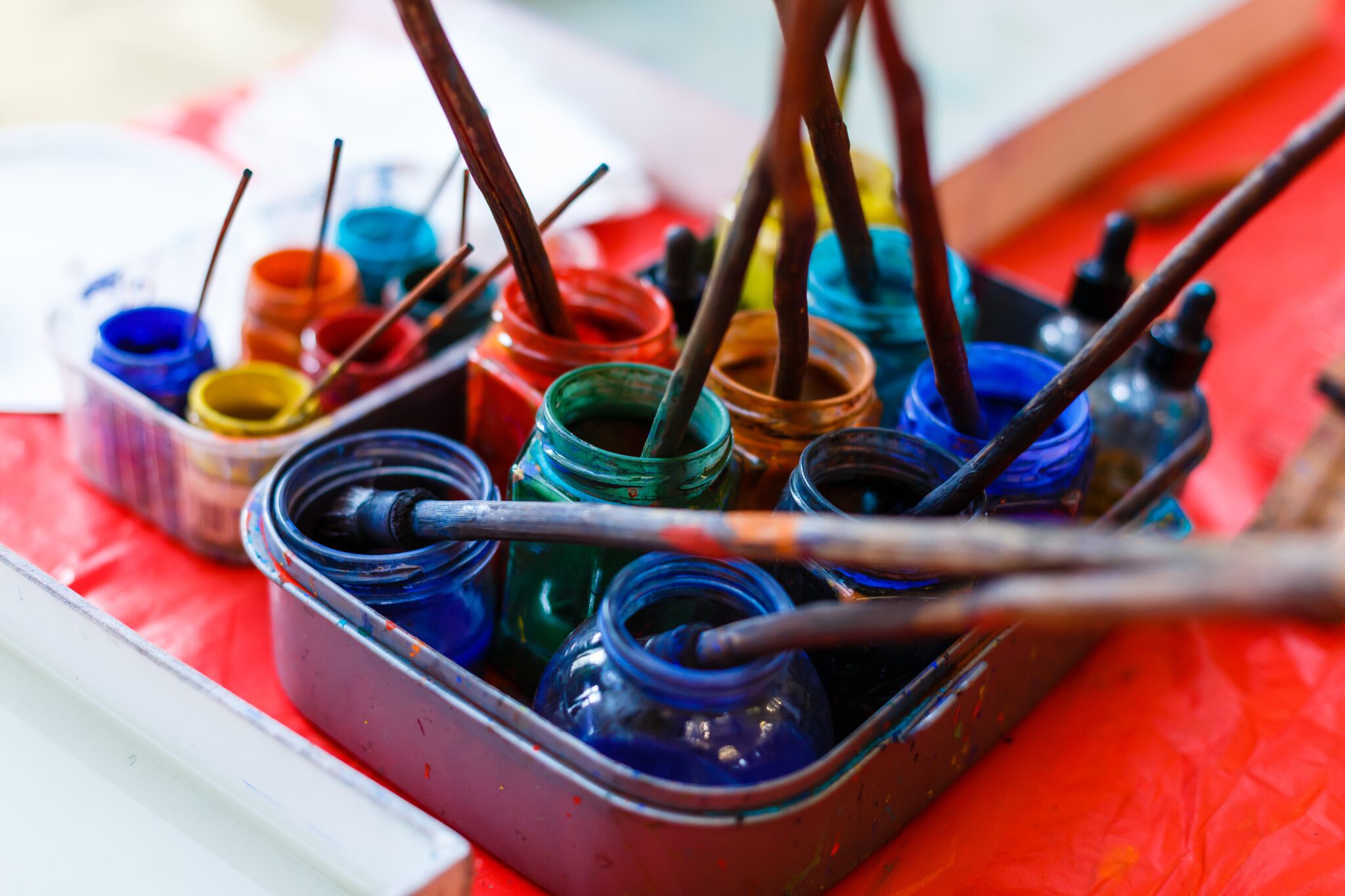Title: Exploring the Art of Glazing: Creating Layers of Texture with Gel Medium
Introduction:
Welcome to the fascinating world of glazing with layers of gel medium! This technique allows artists to add depth, texture, and luminosity to their paintings. By understanding the process and following a step-by-step approach, you can unlock a realm of creative possibilities. In this guide, we will provide you with valuable tips, detailed descriptions of each step, and ideas to enhance your artwork with glazing. Remember, for further resources and inspiration, feel free to explore our website at https://urartstudio.com.
Step 1: Gather Materials
Before diving into glazing, ensure you have the necessary materials. You will need:
- Gel medium (choose the desired consistency, such as soft or heavy)
- Acrylic paints (transparent or semi-transparent shades work best)
- Palette knife or brush for applying gel medium
- Canvas or painting surface
- Containers for mixing colors
- Soft, flat brushes for glazing
- Paper towels or rags for cleaning and blending
Step 2: Prepare the Surface
Start by prepping your canvas or surface. Ensure it’s clean, free of dust, and properly primed. If needed, apply a base layer of paint and allow it to dry before proceeding.
Step 3: Understanding Gel Medium and Transparency
Gel medium is a versatile, transparent substance that can be mixed with paint to create glazes. A higher ratio of gel medium will increase translucency, while less gel medium will make the glazes more opaque. Experiment with different ratios and observe their effects to achieve your desired results.
Step 4: Mixing Glazing Colors
Pour a small amount of gel medium onto your palette. Add a few drops of acrylic paint and thoroughly mix them using a palette knife or brush. Adjust the color intensity by adding more paint or gel medium as needed. Test the mixture’s transparency by applying a small amount onto a scrap surface or canvas corner.
Step 5: Applying the Glazes
Use a soft, flat brush to apply the glaze onto your painting surface. Start with a thin layer, allowing the underlying colors to show through. Glide the brush lightly and evenly across the surface. Gradually build up multiple layers, allowing each one to dry before applying the next. This technique creates a sense of visual depth and richness.
Step 6: Blending and Softening
To blend and soften the glazes, use a clean, soft brush or a dry brush technique. Softly feather the brush over the edges of the glaze to create smooth transitions. Be patient and use gentle strokes to avoid muddying the colors. Allow time for each layer to dry before attempting any blending or softening.
Step 7: Adding Details
Once the glazes have dried, you can go back and add detailed elements to your painting. Use a fine brush to add highlights, shadows, or intricate patterns. The glazes will serve as a captivating backdrop while enhancing the overall texture.
Step 8: Experiment and Explore
Remember, glazing with gel medium offers endless possibilities. Feel free to experiment with different color combinations, layering techniques, and textures. Allow yourself to explore and discover unique effects that reflect your artistic vision.
Conclusion:
Glazing with layers of gel medium is a captivating technique that adds depth and texture to your paintings. By following these step-by-step techniques and incorporating your artistic style, you will create stunning artworks rich in visual interest. Don’t forget to check out our website at https://urartstudio.com for additional resources and inspiration. Happy glazing!



Leave a Reply
You must be logged in to post a comment.